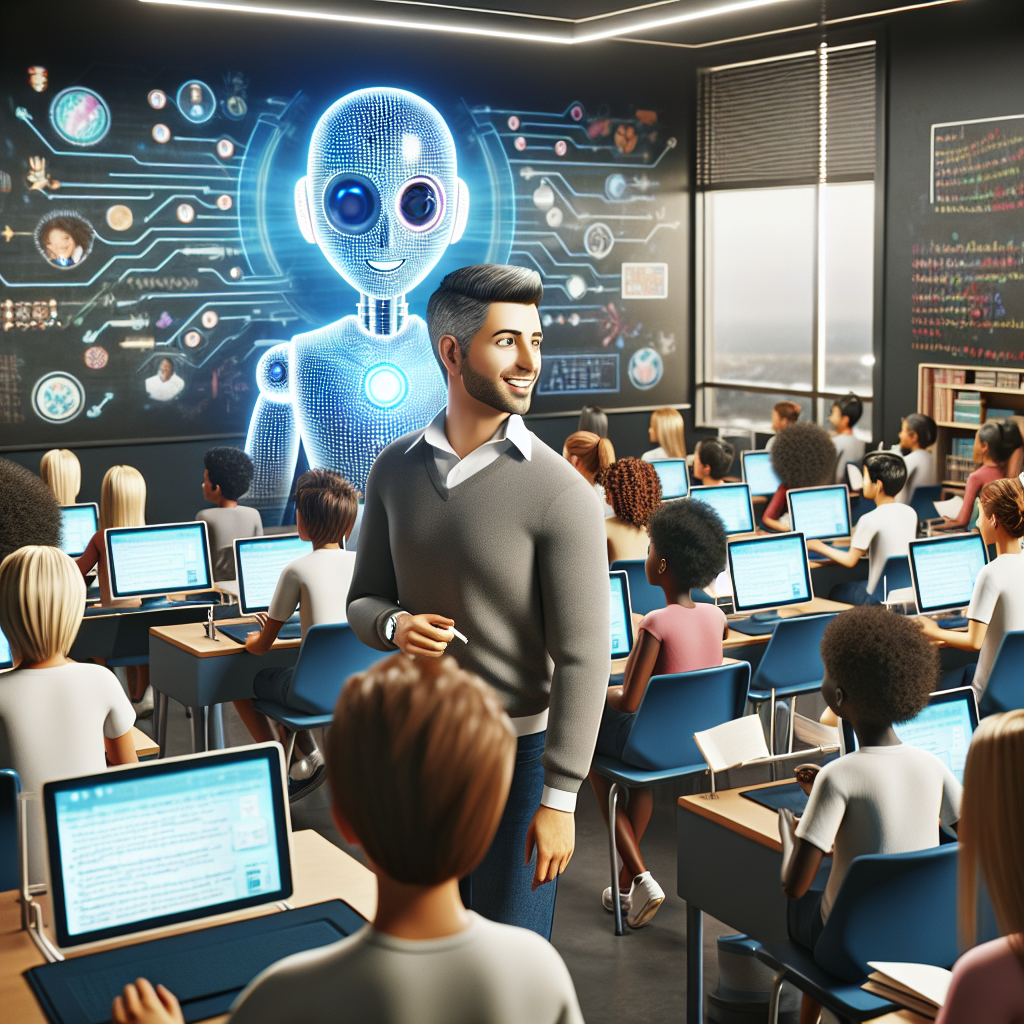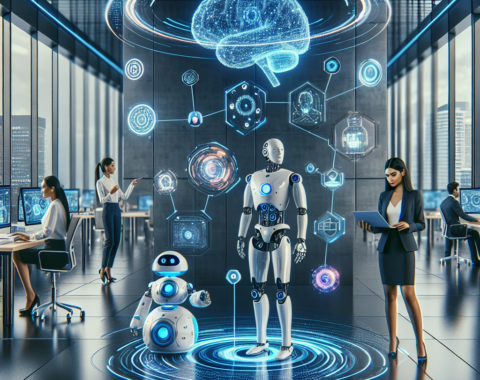
Boosting Teacher Productivity with AI-Driven Teaching Strategies
In the modern educational landscape, transformative technology is continually reshaping the way teachers approach their craft. Among these innovations, artificial intelligence (AI) has emerged as a powerful tool to augment teaching efficiency and effectiveness. As educators explore this frontier, they’re discovering that AI is not just an enhancement but a critical ally in boosting their productivity. Here, we delve into how AI-driven teaching strategies are becoming essential components for teachers aiming to optimize their workflows and foster student engagement.
The Role of AI in Education
AI’s integration into educational systems is not futuristic; it’s actively happening in classrooms around the world. By automating administrative tasks, personalizing learning experiences, and providing analytical insights, AI proves to be a versatile asset for educators.
Automating Administrative Tasks
One of the most immediate benefits of AI is its ability to handle repetitive administrative tasks. Teachers often spend countless hours on:
- Grading assignments: AI systems can assess essays and tests, providing instant feedback and freeing up valuable teacher time.
- Managing schedules: AI tools offer automated scheduling, allowing educators to focus more on lesson planning than on managing calendars.
- Tracking attendance: Utilizing AI for attendance records ensures accurate record-keeping and quick reporting.
Personalizing Learning Experiences
Every student has unique learning needs and styles. AI empowers teachers to tailor their approach through adaptive learning systems that:
- Identify learning patterns: AI algorithms can analyze student data to pinpoint both strengths and areas needing improvement.
- Customize learning paths: Personalized lesson plans can be automatically generated to suit individual student paces and preferences.
- Offer targeted resources: AI can recommend supplementary materials, ensuring students receive the appropriate resources at the right time.
Data-Driven Decision Making
AI tools provide critical insights that drive informed decision-making. Understanding these analytics can significantly impact teaching strategies and outcomes:
Enhancing Curriculum Development
With data analysis, teachers can refine curriculums by focusing on what really matters. AI helps in:
- Recognizing trends: Analyzing student performance data helps identify emerging patterns in learning, adjusting lessons accordingly.
- Forecasting learning outcomes: Predictive analytics can anticipate potential challenges, allowing for preemptive instructional changes.
Improving Classroom Management
AI applications not only aid in structuring curriculum but also enhance classroom management:
- Monitoring student engagement: AI systems track participation levels, helping educators to maintain high engagement across the class.
- Facilitating communication: AI-driven communication tools streamline interactions between teachers, students, and parents, ensuring clarity and efficiency.
Challenges in Implementing AI in Education
While AI offers numerous benefits, its integration into education comes with challenges:
- Technological barriers: Schools need robust infrastructure to support AI tools, which may not be universally available.
- Data privacy concerns: Handling student data ethically and securely is paramount, requiring strict compliance with privacy laws.
- Teacher training: Educators need proper training to effectively use AI tools, emphasizing continuous professional development.
The Future of AI in Education
Despite these challenges, the future of AI in education is promising. As technology continually evolves, we expect:
Increased Accessibility
Efforts are underway to make AI tools accessible to all schools, regardless of their budget. Open-source solutions and partnerships can bridge the gap, bringing cutting-edge technology to under-resourced institutions.
Advanced Personalized Learning
The next frontier is leveraging AI for hyper-personalized learning experiences. Future tools will provide even more nuanced insights to cater to students’ evolving needs, creating an adaptive learning environment that thrives on change.
Potential for Global Collaboration
AI tools can facilitate global teaching collaborations, allowing educators from different parts of the world to share and implement strategies effectively. This not only broadens learning opportunities but also enriches cultural perspectives.
Conclusion
AI-driven teaching strategies mark a new era in education, where productivity is no longer just about working harder, but smarter. By reducing administrative burdens, personalizing student learning experiences, and enabling data-driven decisions, AI empowers teachers to become more productive and holistic educators. As schools continue to embrace these technologies, educators will find themselves not only teaching but transforming the learning journey, preparing students for a future that is ever more intertwined with technology.
Embracing AI in educational practices today sets the stage for an enriched, efficient, and engaging learning environment. As AI continues to carve its path in education, teachers who adapt to this digital shift will lead the way in creating an innovative and productive future.




